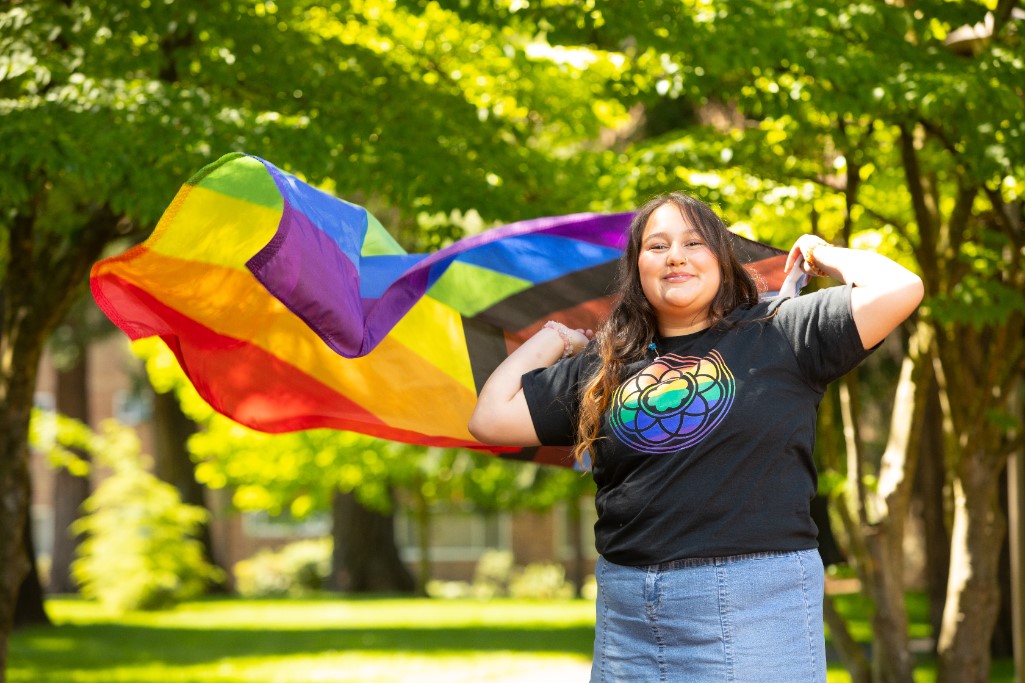Page 183 • (1,880 results in 0.032 seconds)
-
environment as part of a comprehensive biosafety risk assessment. Each country classifies the agents in that country by risk group based on pathogenicity of the organism, modes of transmission and host range of the organism. These may be influenced by existing levels of immunity, density and movement of host population presence of appropriate vectors and standards of environmental hygiene. Risk groups correlate, but do not equate to biosafety levels. “Sharps with engineered sharps injury protections
-
the Environmental Health and Safety Office immediately. Employees who violate health and safety regulations or who engage in conduct which creates an actual or potential workplace hazard may be subject to discipline. Employees shall not engage in outside activities which consume so much time and energy as to interfere with obligations to the university or which bring discredit or disrespect to the university. Each employee is personally responsible for all university assets and property assigned
-

‘02, ‘04, Holly Deatherage-Larsen ‘08, and David Deatherage-Larsen ‘08, ‘15. Andrew Larsen ‘15Larsen and fellow Peace Corps Comoros volunteers. Peace Corps operated in Comoros from 1988 to 1995 in the Education and Environmental Education sectors. Assistant professor of Anthropology, Katherine Wiley, is the Peace Corp Prep Program Coordinator at PLU. The program began in spring 2017 and she advocated for it because she too served time with Peace Corps teaching high school English in the Islamic
-
family including Mary Jo Larsen ‘02, ‘04, Holly Deatherage-Larsen ‘08, and David Deatherage-Larsen ‘08, ‘15. Andrew Larsen ‘15Larsen and fellow Peace Corps Comoros volunteers. Peace Corps operated in Comoros from 1988 to 1995 in the Education and Environmental Education sectors. Assistant professor of Anthropology, Katherine Wiley, is the Peace Corp Prep Program Coordinator at PLU. The program began in spring 2017 and she advocated for it because she too served time with Peace Corps teaching high
-
Surface Geology Relationship in the Chambers-Clover Creek Watershed Danielle Skibiel This research regarding recent water quality analysis collection in collaboration with present surface geologic data was inspired by observations made while doing field work for the Environmental Methods 350 course at Pacific Lutheran. This project is derived from an interest in connecting those surface water qualities to surface geologic units, properties, and aquifers present within our Chambers-Clover Creek
-
on when you are addressing stipulations, so the HPRB can tell what was changed. Also, when cutting and pasting material from a word processing program (e.g., Word), use: Control-Shift-V (for PCs) or Command-Shift-V (for Macs). This pastes without the formatting and makes fewer strange things happen when you try to edit. Still having trouble? Please feel free to reach out by email at hprb@plu.edu.CITI (ONLINE ETHICS TRAINING) QUESTIONSHow do I register for CITI training and which courses do I need
-

earn credit toward their degree in places like Trinidad & Tobago, England, India, Australia, Nepal and others. Did you know? Want to get even more involved? You can participate in Iota Iota Iota (the national Gender and Sexuality Studies Honor Society), live in Women’s Empowerment & Gender Equity or Environmental & Social Justice learning communities on campus, work with PLU’s Center for Diversity, Justice, and Sustainability, or join one of many Diversity, Justice & Sustainability (DJS) focused
-

the Morken Center for Learning and Technology, and subsequently during the M. J. Murdock Charitable Trust-sponsored Twenty-Third Regional Conference on Undergraduate Research of the Murdock College Science Research Program in November in Vancouver, Wash. The Mount Rainier research was funded through a PLU Division of Natural Sciences and the Wiancko Charitable Foundation grant through the environmental studies program at PLU. Barbara Conner Barbara Clements is the former Content Development
-
. “If you look at a lot of reporting in the Western media you get that sense,” he said. (Video by Rustin Dwyer, PLU) But Manfredi said educational exchanges, such as the one fostered by PLU, are key in bridging that divide — and fighting misconceptions. Kimberly Nolasco ’17, an environmental studies and global studies major, said seeing Chengdu and breaking down barriers allows students to hear China’s narrative straight from the source. “China can tell you who they really are,” she said. As China
-

, Pacific Lutheran University Loading... It’s FREE to apply to PLU When you're ready, we're here. Apply now and fulfill your potential! Get Started Related Programs: Chinese & Chinese Studies Communication Environmental Studies French & Francophone Studies Hispanic & Latino Studies History Philosophy Psychology Publishing & Printing Arts Religion @PLUEnglish @pluenglish Studying English at PLU means opening yourself up to opportunities for growth and change. Through your English courses, you will find
Do you have any feedback for us? If so, feel free to use our Feedback Form.


